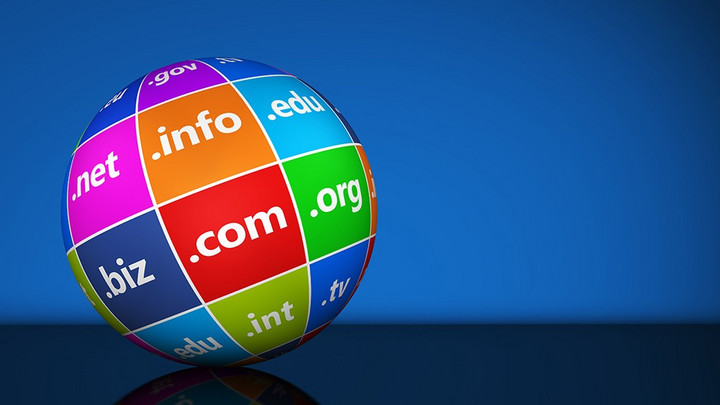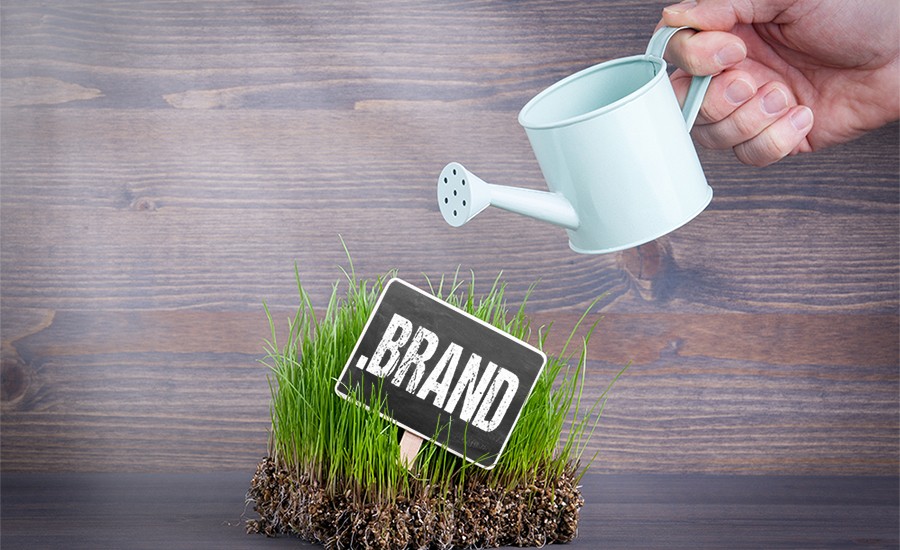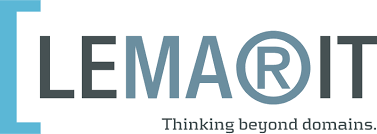Protecting Brands Online Through Domain Names - Transcript
How valuable is a domain name to a brand? Very, says Martin Kuechenthal, CEO of LEMARIT – companies need to establish, monitor, and protect their brand names, through domain names, in cyber space.

© NiroDesign | istockphoto.com
Transcript
LARS STEFFEN: For those who are not very familiar with the domain industry and LEMARIT: What does LEMARIT offer? What's your business case?
MARTIN KUECHENTHAL: Thanks for the opportunity today. LEMARIT is a corporate domain registrar, almost 17 years in business, and we mainly serve German-speaking companies or companies who have their headquarters in Germany, Austria, and Switzerland. The corporate domain business is about protecting the customers' trademarks online by registering domain names, following up on infringements, and helping the customers to protect the brand in general.
STEFFEN: What are the special needs when you would like to protect your brand online and what are the special services that you can offer that you don't get anywhere else?
KUECHENTHAL: Good question. For the first, of course, you need the technical skills to identify the customer's needs. That means you need to understand what kind of brands are necessary for the customer, what are the priorities for the customer, and then get an overview of, for example, the domain name registrations: which domain names are registered by the customer already, by subsidiaries, by partners, or by third parties who can make problems. And then in the end: deliver a solution for the customer on this basis
STEFFEN: The landscape of top level domain names is changing all the time. When you look at the TLDs introduced over the last years and that are still coming, including brand TLDs: What does this mean for your customers?
KUECHENTHAL: Actually, we're in the business as I've already mentioned for more than 16 years, and the first 10 years of the domain name business was quite static. We had a handful of available generic top level domains like .com, .net, .org. And then two newbies like .info, .biz at the beginning of the millennium, and then the ccTLD world – and this has been kind of a static world, but it's already connected with a lot of challenges for our clients to protect the brands within these more or less around 200 different TLDs.
With the beginning of the new TLD program of ICANN in the year 2012 – starting up with going live of new TLDs in 2014 – the world has dramatically changed. We have more than six or seven hundred new generic top level domains which a trademark owner has to think about, has to protect their brands in. And actually, it makes it necessary to change the approach. Before, when a customer told us around 2010, it was possible to say, “OK, just register all the domain names available with our brand”. And actually, from a cost perspective, it's not possible anymore today. And this made it necessary to develop sophisticated monitoring tools to follow the development of a customer's brand without registering and only to act if there has been any misuse of the brand, and then to find solutions, to maybe take these domain names down or to get them back for the customer. Because from our perspective, it's neither useful from a cost perspective nor from a business perspective to register all possible domain names. It's more important to keep track of what's going on in the market and to still keep on registering the most important TLDs worldwide.
STEFFEN: So you help your customers to create a strategy, to select the TLDs that are relevant for them (and which might not be that relevant for them) and monitor the market and to give advice on how the company should react?
KUECHENTHAL: Yeah, exactly, that's the strategy today. Because it doesn't make any sense to just blindly register all possible TLDs. One aspect is, when people start registering a lot of TLDs, also from a brand perspective, it also makes these TLDs even more interesting for third parties who want to take advantage of registering these TLDs. So we have been advising our customers to be very careful in what new TLDs they choose for their business and which TLDs they only should monitor – and to take action if there has been any infringement in any way. And actually our experience from the last three to four years showed that the impacts have been very little and the few cases which we had in the new TLDs, in almost all cases, led to a positive result for our customers. We have some measures like the URS procedure, which makes it possible to take down these domain names quite fast.
Actually we are also experts in the different kinds of distribution solution possibilities like the URS or the UDRP, where we are helping our customers the whole way from examining who is the owner of the domain name, through the procedure, to the technical transfer of the domain name to the customer.
STEFFEN: Along with the new gTLDs, we also now have brand TLDs on the market. So, is this an opportunity for every company? What benefits do you have when you have your own brand TLD as a company?
KUECHENTHAL: We have had the pleasure to also help a couple of our clients to apply for their own dotBrand. And the idea behind this, of course, on the first round in 2012, it was a defensive registration, not to let anybody else do it. There was not a great idea behind it; it was just not to let anybody else register their dot brand. But today, we can see that this develops to strengthen the company's trademark, because you have your own secure space which you can develop for yourself, for your company, for your customers. Everybody who uses a dotBrand can make sure that everything that is behind the dot brand is really original content or services from the dot brand owner. And actually, we think that if there is a future opportunity to apply for a dot brand, this will be something which a lot of companies, even smaller sized companies, should consider, because we think that, especially in the very fragmented and very complicated TLD market today, it helps strengthen the brand owner's brand and to concentrate on this kind of TLD and to maybe not register so many of the other TLDs in future.
STEFFEN: So this means that companies who are interested right now in getting their own brand TLD still have to wait for the next window for applications. Is that right?
KUECHENTHAL: Yeah unfortunately, there's some waiting time left, and nobody really knows when it will be. We expect one and a half, maybe two years’ wait. The procedures within the ICANN organization are not set yet, but we are following very closely – we are taking part in the policy development process in ICANN, we are a member of several working groups, we are a member of the registry stakeholder group to follow this process and also to find a way of making these kind of applications more comprehensible and more available and easier to access for dot brand owners in future. Because, honestly, the first round of TLD applications was not very easy and very hard to understand for the business customer.
STEFFEN: There's one hot topic that is engaging everybody, that is the GDPR. So what does the GDPR mean for brand owners and the customers that you are taking care of?
KUECHENTHAL: We have the business side of the GDPR, which any customer, regardless of whether it's a huge brand owner or a small business somewhere, has to take care of. It's not something which we want to bother with. But actually, the impact on the domain name industry is quite huge for a brand owner, because the outcome will most likely be that the access to public WHOIS data will be very limited in future. That means for trademark owners, that they will have to put bigger efforts into finding out if a third party has registered a domain name, who is behind it, etc. That's the bad thing of a good idea: to protect individuals' privacy, that also the bad guys, the so-called cyber squatters, will also get the possibility to do more registrations and it will be harder for the trademark owners and more costly to find out who's behind this and to make the procedures which were easier to access until now. One addition: One of the reasons why it could be interesting for brand owners in future to apply for their own dot brand is that this is a name space that they absolutely can control. And for me, the GDPR development is a huge argument for applying for their own TLD, because then you know within this space, you have full control. And we will urge our clients to think about an application in the future round of the next possibility to do so - also because of the GDPR.
Martin Kuechenthal is the co-founder and CEO of LEMARIT GmbH, an ICANN accredited registrar and specialist in digital brand protection since 2002. LEMARIT is based in northern Germany. Martin is deeply involved and well connected in the domain industry and he also holds a seat on the executive board of DENIC eG (the .de registry). LEMARIT serves some of the world’s leading corporate brands and places a special emphasis on business domains and digital brand protection. LEMARIT also guides its customers through the process of applying for and maintaining their very own dotBRAND-TLD. Martin sees today’s challenge as being to show clients a way through the jungle of legacy and new TLDs and to advise them in presenting their companies around the world as a modern, forward-looking brand – keeping in mind the client’s resources and budget.
Please note: The opinions expressed in Industry Insights published by dotmagazine are the author’s own and do not reflect the view of the publisher, eco – Association of the Internet Industry.







